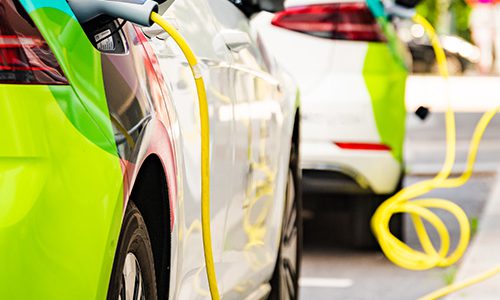ECO
Energy & Comfort Optimizer
Did you know?
More than 40% of the energy in buildings is used by heating, ventilation, and air conditioning (HVAC) systems. As improved control of HVAC systems can result in significant energy savings, optimal control of HVAC systems is becoming increasingly attractive.

Since people spend more than 90% of their time indoors on average, thermal comfort is an important factor in controlling an HVAC system. Indoor temperature and humidity are influenced by HVAC systems, lighting, natural ventilation, the number of people in the room, the network load, and the outdoor environment, including the outdoor temperature, direct and diffuse radiation, etc.
Standard HVAC control systems use simple, fixed schedules for users, and the algorithms optimizing the operation of devices do not take into account the dynamics of changes in the building’s surroundings. As a result, controls are often implemented based on scenarios and assumptions adopted at the stage of putting the building into exploitation.
ECO is based on a technology that facilitates the daily management of comfort and reduces the carbon footprint of the usable space of buildings. It provides new algorithms that override the existing logic of building automation and adjusts HVAC control to weather conditions, utility space loads, time-varying prices for utilities, and maximizes the auto-consumption of energy produced from renewable sources.
The effects of using ECO:
- Improved comfort felt by users
- Savings media consumption as a consequence, a reduction in the carbon footprint of buildings
- Savings in the exploitation of HVAC devices including servicing costs
- Savings in building maintenance costs lower utility bill
For whom

Public utility companies

Office buildings and office complexes

Industrial enterprises

Clubs and sports facilities

Large-area shopping centers












